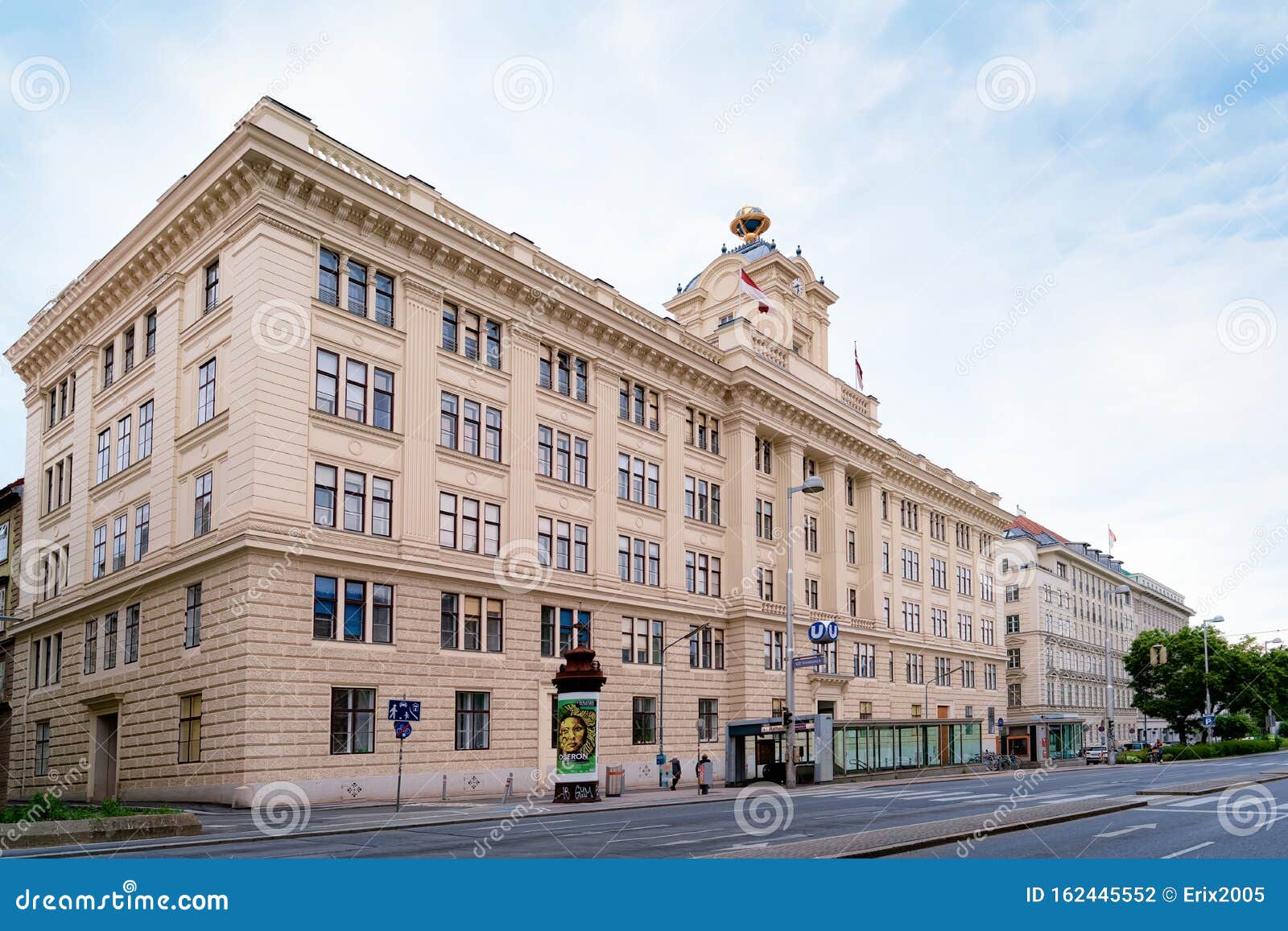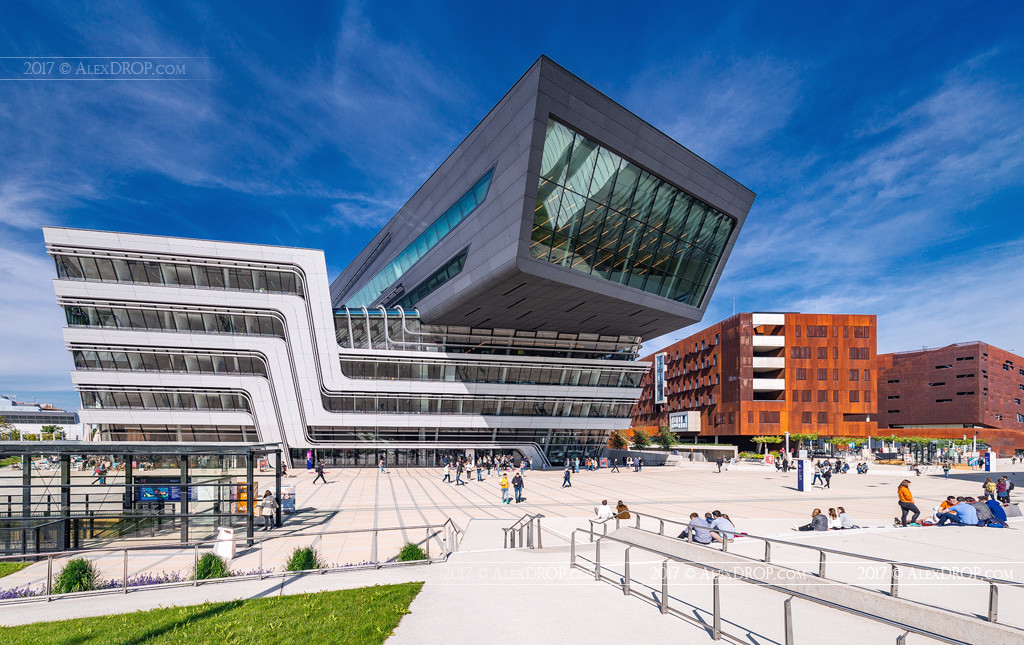
These policies were controversial and possible only because of the size of the majorities the Social Democrats won in local elections. (Photo by Dieter Nagl/AFP via Getty Images) Karl Marx-Hof, inaugurated on 12 October, 1930 is a social housing project boasting a preschool, kindergarten, paediatric care, launderettes and shops. Privately owned homes, also a provenance of the privileged, were taxed as well. Levies were instituted on what were seen as luxury goods and services: cars, horses, dogs, servants. They decided that taking on debt would be wasteful, so the spending would be entirely financed by taxes.

#TOWN OF V IENNA COURSES SERIES#
To address these problems, the Social Democrats put in place an aggressive regime of taxation to pay for a series of massive public housing complexes in almost every neighbourhood in the city. Rents were very high despite these conditions. Many rooms did not have windows, so both airflow and sunlight were relatively scarce commodities. Toilet and water facilities were not in-unit and instead tended to be shared among tenants. Many were rent-by-the-room accommodations, in some cases with residents who would take the bed for half the day, essentially sleeping in shifts. At the end of the war, three-quarters of apartments in Vienna were overcrowded. “The city was also a province, which means it’s a city and a state, like Washington, DC, except with power.” “During that period, the country was very right wing and Vienna was very left wing,” says Eve Blau, co-director of the Harvard Mellon Urban Initiative. But because Vienna was considered both a province and a city, it had control over its own taxing powers, allowing the party to enact an ambitious agenda. It was ruled by the left-wing Social Democratic Workers’ Party, which easily won commanding majorities in local elections even as it was shut out of power at the national level.

No longer the imperial capital of one of the longest dynasties in human history, it was reduced to being the only large city in a newly tiny country of 6.5 million residents. Red Vienna was a local movement, not a national oneĪfter the First World War, Vienna was a humbled city. Vienna remains one of the cheapest big cities for renters in Europe, an example that many left-of-centre policymakers hope to emulate in other places. Every year, I have people from Germany or the UK asking me about how the system worked and how it still influences the housing market today.”Įven as the Social Democratic Party has moderated, it has largely maintained a devotion to defending public-sector interventions in the city’s housing market and preserved its policy traditions. “For that reason, Vienna is one of the key examples. “There’s a political interest in searching for alternative ways of dealing with the housing market, which has to do with the re-emergence of the housing question in so many cities,” says Justin Kadi, assistant professor of spatial planning at the Vienna University of Technology. Though the transformation took place a century ago – from 1918 to 1934, before the development of the postwar welfare state and in an even greater era of economic and political turmoil – the city’s legacy of affordability still gets attention from prominent publications in the US and UK, and devoted interest from the left-wing press.

(Photo by Joe Klamar/AFP via Getty Images) View All Karl Marx-Hof, a community-owned apartment building, is seen in Vienna. While there are a variety of examples of government interventions to provide living spaces – from council housing in the postwar UK to Singapore’s public ownership model – for those on the left, the example of “Red Vienna” looms large. In the face of an intensifying housing shortage in many cities, the notion of housing as a human right has gained greater currency. Aerial view of the city centre from St Stephen’s Cathedral, Vienna, Austria. Within the latter category, which accounts for 20% of the score is “Availability of good-quality housing”. Criteria include stability, healthcare, culture and environment, education and infrastructure. This is the third time in the past five years that the Austrian capital has come out on top. Copenhagen, Zurich, Calgary, Vancouver, Geneva, Frankfurt, Toronto, Amsterdam, Osaka and Melbourne round out the top ten (the latter two being a tie). The annual ranking of the Global Liveability Index for 2022 from the EIU has seen Vienna retake the top spot as the most liveable city in the world.


 0 kommentar(er)
0 kommentar(er)
